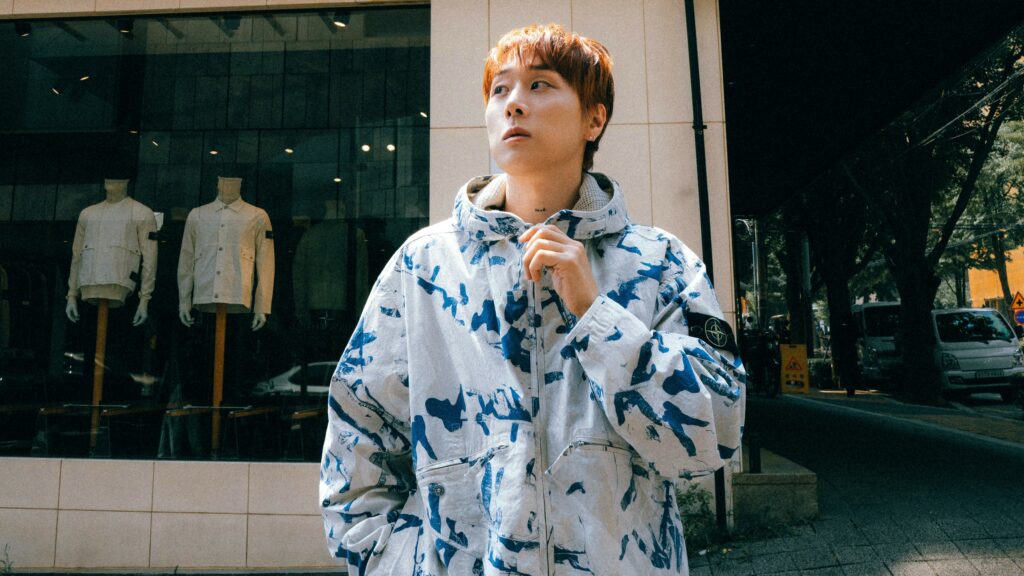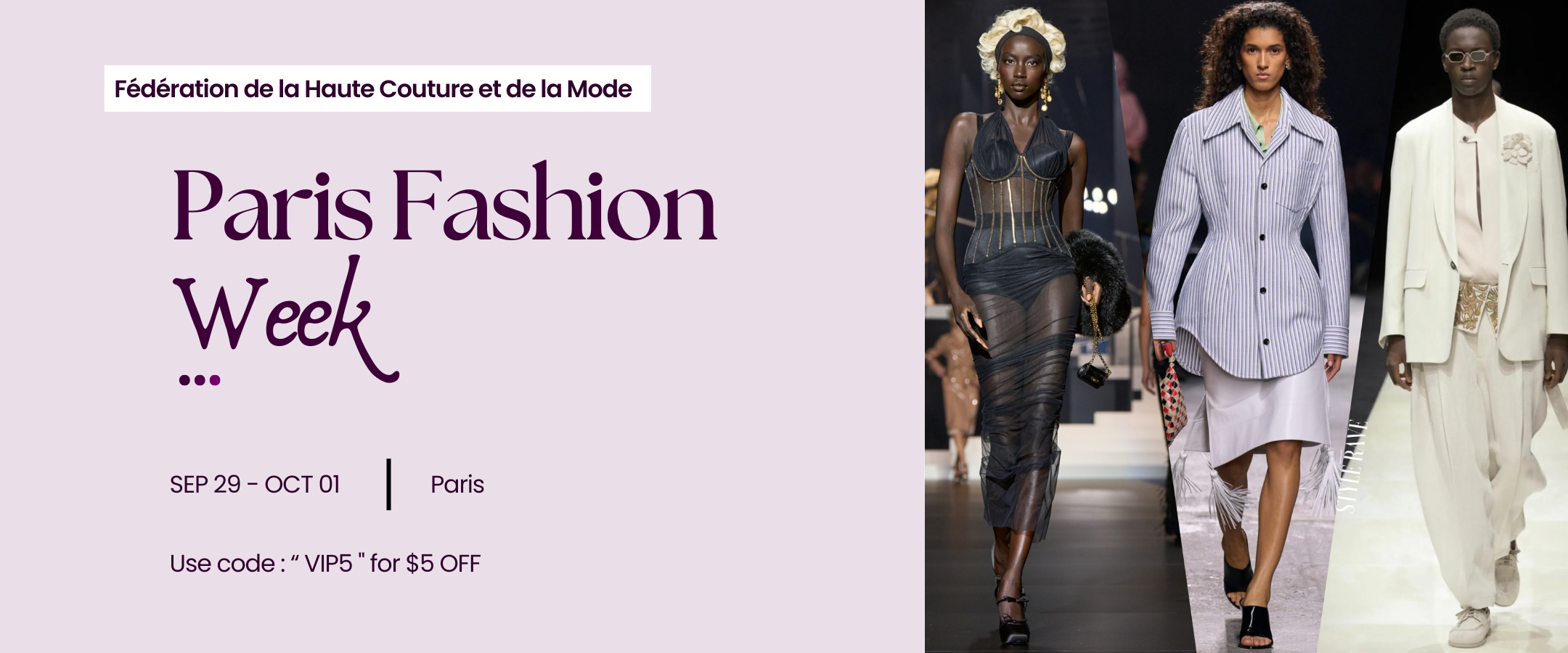When pH-1 left New York and landed in Seoul, he wasn’t just changing countries—he was stepping into his true sound. Born Park Jun-won, the Korean-American artist has emerged as one of South Korea’s most compelling rap voices, blending Western introspection with Eastern polish. Known for his melodic flow, raw lyricism, and clean aesthetic, pH-1’s journey back to his roots sparked a creative explosion that now resonates across continents.
From headlining major festivals to becoming the face of Stone Island’s spring/summer campaign, his story is one of cultural tension, artistic evolution, and resilience. We sat down for an exclusive one-on-one with pH-1 to unpack identity, artistry, and the surprising struggles of being an Asian rapper in America.
Q: You grew up in New York, but eventually made the move back to Seoul. What pushed you to return?
pH-1:
It was less of a decision and more of a pull. Growing up bilingual, I always straddled that line between Korean culture and American life. New York shaped my music taste—hip hop, R&B, gospel—but something felt incomplete. I started writing music, and naturally, my thoughts shifted back to Korea. I needed to see what kind of artist I could become there.
Q: That’s bold, considering the U.S. is seen as hip-hop’s epicenter. Why not stay and try to break through there?
pH-1:
Honestly? The U.S. music scene isn’t as open to Asian rappers as people like to think. It’s not just about talent—it’s about optics, about culture. And hip hop is deeply rooted in Black culture, which I respect. But I constantly asked myself, “Where do I fit in?” Going back to Korea meant I could rap in my language, speak to my identity, and still carry that New York influence with me.
Q: Do you feel like your style wouldn’t have been accepted in the U.S.?
pH-1:
I think my style is a bit left-field—very personal, melodic, reflective. There are American artists doing that, like Tyler, the Creator or Mac Miller, but they’re the exception. I didn’t want to pretend to be something I’m not. Going back to Seoul allowed me to merge everything: my songwriting, my bilingualism, my sound.
Q: How different is the Korean music audience compared to the American one?
pH-1:
Completely different expectations. In the U.S., people want realness—your backstory, your journey, the pain behind the bars. In Korea, it’s about polish, precision, and aesthetics. It’s not better or worse. Just different. But it forced me to learn how to cater to both.
Q: You’re also known for your strong sense of style. How does fashion play into your artistry?
pH-1:
Music, personality, and fashion—it’s all one package. I’m not flashy, but I like to be intentional. That’s why I clicked with Stone Island. Their vibe is low-key but bold, just like my music. I’m not trying to scream through my clothes. I want them to speak the same language as my lyrics.
Q: Let’s talk collaborations. Ever think of working with K-pop artists?
pH-1:
Definitely. I think the synergy is there. K-pop idols often want to express something more personal, and hip-hop gives them that space. I can’t name names yet, but my upcoming album features a girl group artist—someone you wouldn’t expect. It’s going to be interesting.
Q: Your music is often called “sung rap.” What came first—singing or rapping?
pH-1:
Singing, for sure. I used to be in a band, played guitar and drums, even studied saxophone. I was that kid. Hip-hop came later. But my musical background lets me play with melodies and harmonies in ways that feel natural, not forced.
Q: Your big break came with Show Me the Money 777. Why did you join the show?
pH-1:
I actually turned it down the first time. My label wanted me to join in season six, but I hadn’t even dropped an album yet. I didn’t want to be “the guy from TV” before being “the guy with music.” But after my first project didn’t get much traction, I realized I needed that platform. It changed everything.
Q: How so?
pH-1:
It was night and day. Before the show, I could walk around Seoul and no one noticed me. After the show? People would stop me on the street. In Korea, television still holds a kind of power that YouTube or Instagram just doesn’t. That exposure opened doors—concerts, features, interviews, brand deals.
Q: What’s your strongest memory from that experience?
pH-1:
The exhaustion. You’re stuck waiting backstage for hours, no food, barely any sleep. That tension builds up. A lot of rappers forget their lyrics onstage—not from nerves, but from being drained. Even now, going back as a guest triggers those same feelings. It’s like creative bootcamp.
Final Thoughts?
pH-1:
I’m not chasing trends. I’m chasing connection. Whether it’s through bilingual lyrics, understated fashion, or melodies that hit the soul—I want people to feel something real.


